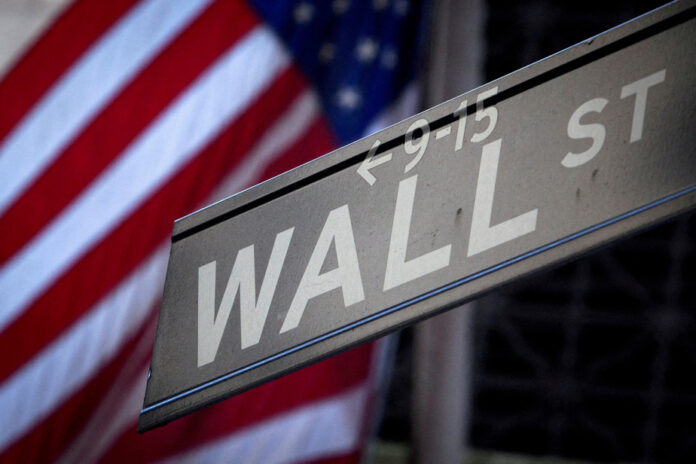(New York) The New York Stock Exchange had a bad day on Tuesday, the worst session in more than a month, weighed down by banks and by some company results, pending those of the technology sector.
The Dow Jones index fell 1.02% to 33,530.83 points, the tech-heavy NASDAQ lost 1.98% to 11,799.16 points and the S
The so-called fear index, the VIX, which measures market volatility, jumped 15%.
“It must be said that this is the first day since March 22 where the major indices have fallen by more than 1%”, relativized Steve Sosnick, chief strategist at Interactive Brokers, interviewed by AFP.
For Edward Moya, analyst for Oanda, “US equities softened amid mixed corporate results, banking jitters and the news that President Joe Biden will run for re-election.”
The banking sector in particular weighed on the market, in the wake of the collapse of the securities of the regional bank First Republic. The one that had concluded sharply up 12% the day before was rolled on Tuesday, collapsing 49.38% to 8.10 dollars.
The Californian bank has indeed announced after the close of markets on Monday a melting of its deposits in the first quarter. In the wake of the banking crisis in March and despite the injection of funds by several major US banks, its deposits plunged 41% – or $72 billion – in the first three months of the year.
The news caught on.
“It was a bit scary on the banking side,” Sosnick acknowledged, watching the rout in other regional bank stocks like PacWest (-8.92%) or Western Alliance (-5.65%).
The big banking establishments also took the water losing between 2% and 3%, from Bank of America to JPMorgan via Citigroup.
The technology sector looked gray, with Amazon falling sharply (-3.43%) before the publication of its results on Thursday.
Alphabet fell 2.03% but rebounded in electronic trading (4.53%) as Google’s parent company beat expectations with a net profit of $15 billion in the first quarter.
Same pattern for Microsoft which concluded down 2.25% before recovering after the close (4.68%). The software giant released quarterly results that were significantly better than expected.
For the January-March period, which is the company’s third fiscal quarter, Microsoft posted a 7% year-over-year increase in revenue to $52.8 billion.
An important symbol of the vitality of the activity, UPS also worried investors, falling by almost 10%.
The express carrier warned on Tuesday that the economic slowdown and changes in consumer habits were weighing on its business. Its revenue fell by 6% in the first quarter and its net profit by 29%.
To this must be added the Conference Board’s index of US household morale, which showed a further deterioration in consumer confidence.
The index suffered a much larger decline in April than expected, especially in the face of recession fears.
“High inflation and rising borrowing costs are headwinds for consumers,” commented Rubeela Farooqi, economist for HFE.
In the bond market, yields on two-year Treasury bills fell 15 basis points to 3.93% from 4.08% the day before.
This illustrates “the flight to safe havens” aroused by banking fears, Steve Sosnick further underlined. Ten-year rates also eased sharply to 3.39% from 3.49%, also reflecting fears of a slowdown in activity.
Despite this decline in bond yields, the dollar was gaining in value, climbing 0.65% against the euro to 1.0974 dollars to the euro, another indicator of high risk aversion around 4:15 p.m. ballast).
“It’s like investors suddenly remembered that there is a lot of risk. I think the market was underestimating those risks,” Sosnick concluded.
The Toronto Stock Exchange retreated more than 100 points late Tuesday morning, dragged down by losses in the base metals, energy and industrials sectors, while major U.S. indexes shed feathers them too.
The composite index S
In the currency market, the Canadian dollar was trading at 73.47 US cents, down from its average price of 73.84 US cents on Monday.
On the New York Commodities Exchange, crude oil prices fell US$1.94 to US$76.82 per barrel, while natural gas fell US5 cents to US$2.42 per million BTU. .
The price of gold left US$3.20 at US$1996.60 per ounce and that of copper depreciated 10 US cents to US$3.87 per pound.















